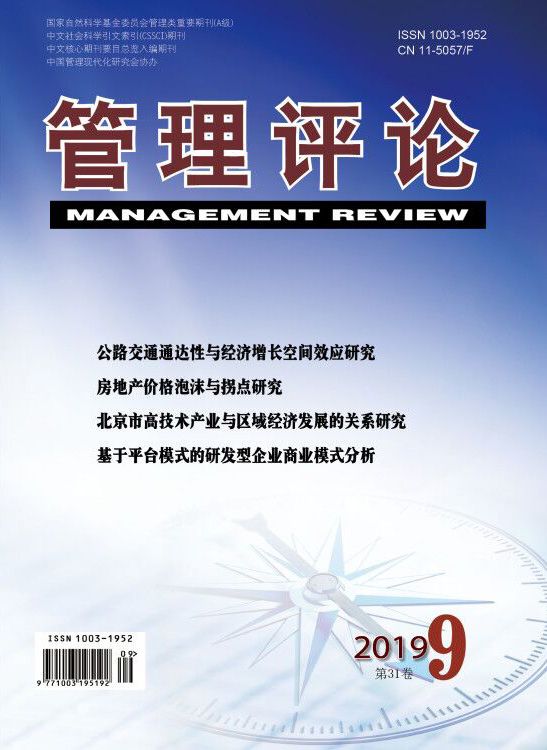Factoring business is an important aspect of the supply-chain finance field and the intelligent contract technology of block chain has great potential in factoring business in supply chain. Therefore, the relevant research on how to apply the intelligent contract technology of block chain to factoring business can not only contribute to the development and innovation of supply chain' factoring business, but also promote the application of intelligent contract technology. Based on the related theories of supply chain' factoring business, this paper conducts a coupling analysis of block chain technology and supply chain' factoring business. At the same time, the specific application scenarios of block chain' smart contract technology in the supply chain' factoring business are proposed from three aspects:the division and transfer of creditor's rights certificate, the factoring financing of upstream suppliers and the due payment of core enterprises. And the implementation process of the "intelligent factoring" business model based on the block chain supply chain is specifically elaborated. Then, through the use of game theory, on the one hand, from the perspective of block chain node activity technology, the paper analyzes the automatic execution mechanism of the key technology implementation part of the business model——the intelligent contract, in order to verify whether and why the nodes on the chain will follow the relevant protocols to ensure that they are automatically executed. The results show that any rational node x will always choose to follow the protocol, so that the automatic execution function can be realized smoothly, emphasizing the important role of block chain technology for business process objects. On the other hand, from the perspective of supply chain business entity decision-making, the three-way game analysis of the supply chain factor financing process considering the influence of block chain is carried out, and the equilibrium solution (lending, repayment, repayment) is obtained based on the principle of utility maximization, highlighting the optimization effect of block chain technology on the decision-making behavior of the subject.

